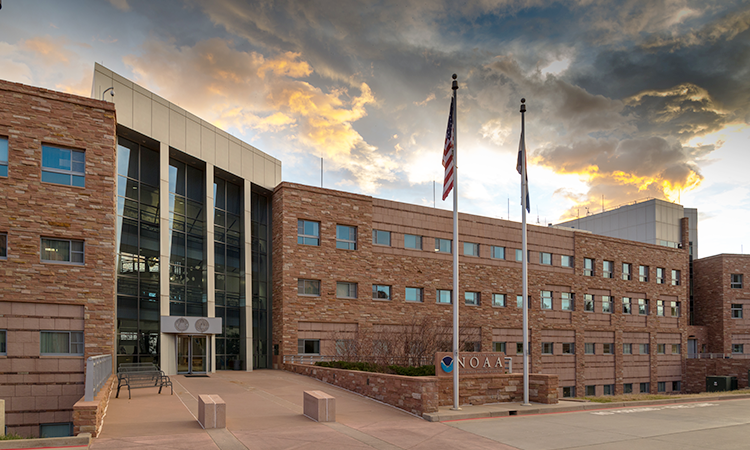Seminar
Impact of Convective Cloud Height, Overshooting Convection and ENSO on the Distribution of Cloud Ice in the Tropical UT/LS

Melody Avery, NASA Langley Research Center
Thursday, April 7, 2016, 3:30 pm Mountain Time
DSRC 2A305
Abstract

The Cloud and Aerosol LIdar with Orthogonal Polarization (CALIOP) has been making backscatter measurements of cirrus clouds in the upper tropical troposphere and lowermost stratosphere (UT/LS) for more than nine years. At altitudes above 14.5 km, the lidar signals are rarely fully attenuated, so the lidar data can be used to study regional cloud distribution and seasonal and inter-annual variability. Using relationships between attenuated backscatter, extinction coefficients and cloud ice water content measured by aircraft, the lidar backscatter is converted into cloud ice water content. The distribution of UT/LS cloud ice water content provides additional information to the more commonly studied cloud fraction, because cloud fraction is dominated by thin cloud layers in the TTL that do not contain much ice. A histogram of ice water content in the tropical UT/LS shows the dominance of very thin layers but also a secondary mode of optically thicker overshooting convection. A nine-year climatology of attenuated backscatter and ice water content above the cold point tropopause show that the distribution of ice mass in the Tropical UT/LS is dominated by convection over land, specifically over South America, Africa, and the Asian and Australian Monsoon regions. These results suggest that zonal mean cloud fraction does not give an accurate accounting of the total water budget of the UT/LS, and that a more considered regional approach is needed. A CALIOP UT/LS time series of IWP above the tropopause and cold point clearly shows a strong correlation with the warm phases of ENSO occurring in 2007, 2010, 2013, and particularly in the current 2015/2016 record "Godzilla" ENSO warm phase. Tropical UT/LS water vapor measured by the Microwave Limb Sounder (MLS) has also reached a record high amount.
Melody Avery1, Sean Davis2, Karen Rosenlof2, Mark Vaughan1, Stuart Young3, Mark Schoeberl4, David Winker1, Charles Trepte1
1NASA LaRC, Hampton, VA
2NOAA ESRL, Boulder, CO
3Science Systems and Applications, Inc., Hampton, VA
4Science and Technology Corporation, Columbia, MD
ALL Seminar attendees agree not to cite, quote, copy, or distribute material presented without the explicit written consent of the seminar presenter. Any opinions expressed in this seminar are those of the speaker alone and do not necessarily reflect the opinions of NOAA or CSL.